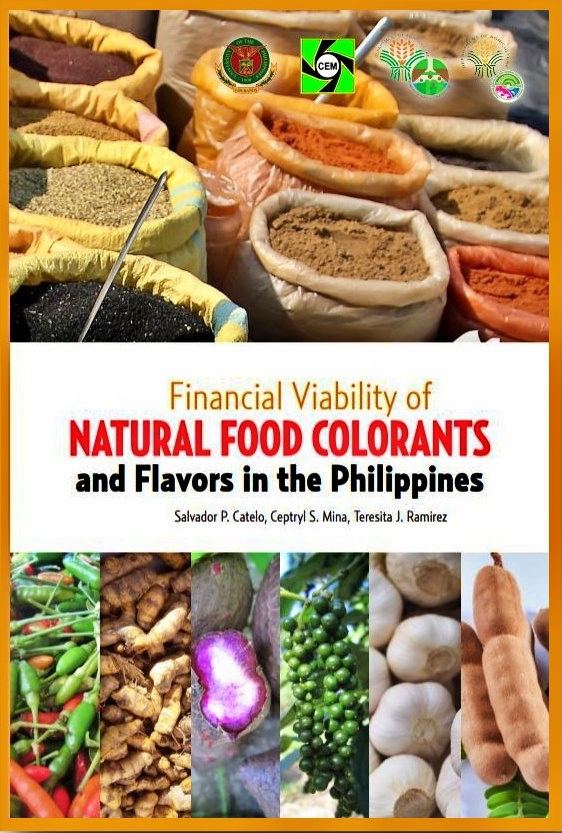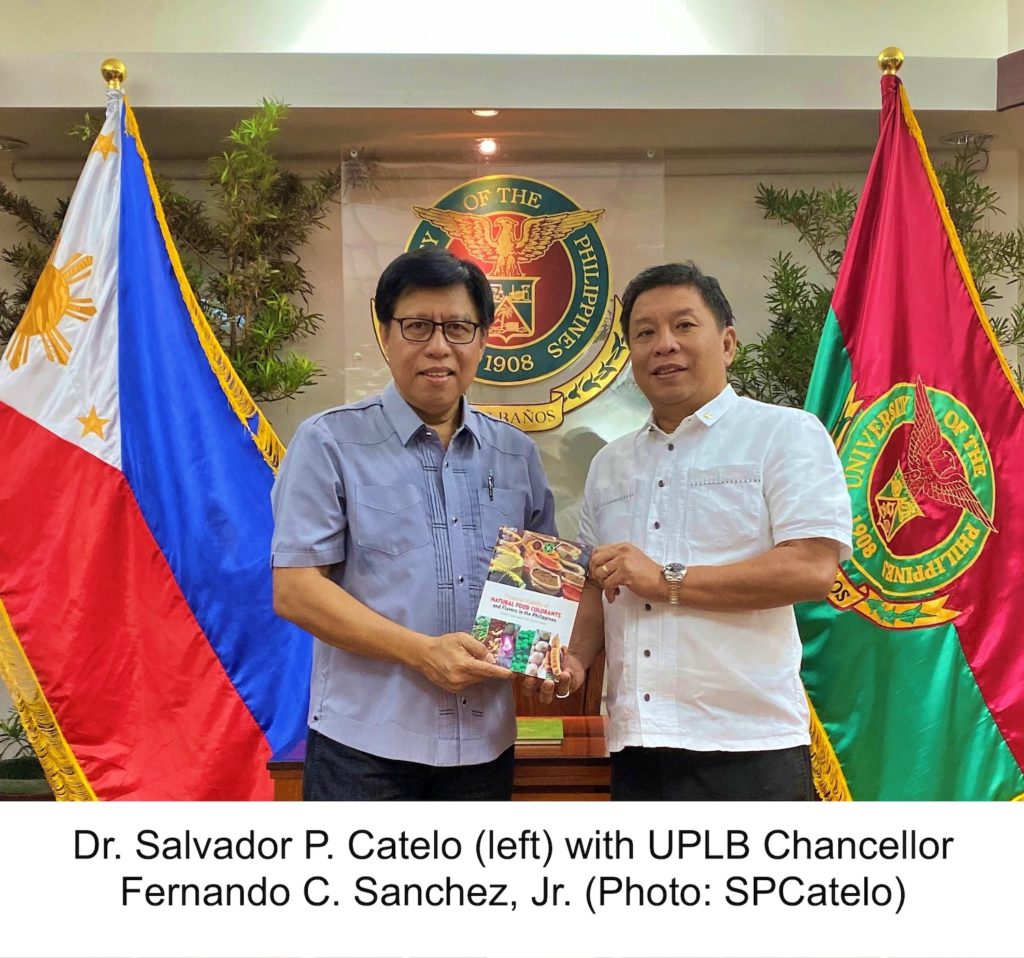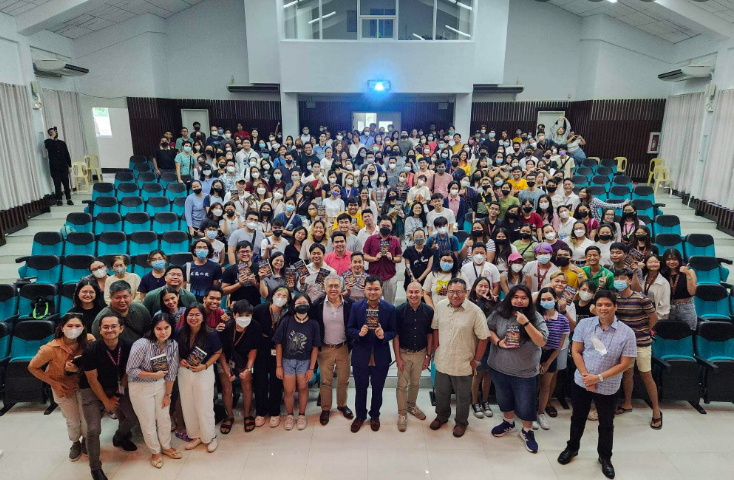
“Financial Viability of Natural Food Colorants and Flavors in the Philippines”authored by Salvador P. Catelo, Ceptryl S. Mina and Teresita J. Ramirez, won the prestigious 2020 National Academy of Science and Technology (NAST) Outstanding Book Award. This award is given annually by NAST, the country’s highest recognition and advisory body on issues concerning science and technology. The Outstanding Book Award is given on the basis of quality and originality, contribution to science and technology, clarity of presentation, and thoroughness of documentation.
"This book offers practical information that can serve as start-up reference for investment analysis, be it in the academe, farming, agribusiness, or cooperatives and bio-enterprise development arena."
This book offers practical information that can serve as start-up reference for investment analysis, be it in the academe, farming, agribusiness, or cooperatives and bio-enterprise development arena. It can also be used in policy-related studies on sustainable farming, poverty alleviation, and food security.
This book specifically features the production and processing of 6 commodities, namely, chili pepper (siling labuyo), turmeric (luyang dilaw), purple yam (ube), black pepper (paminta), garlic (bawang), and tamarind (sampalok) as natural food colorants and flavor ingredients. Each commodity profile begins with a discussion of domestic and world industry situations followed by an exposition of the cultural management. At the end of each commodity profile is the financial viability analysis wherein important technical and economic coefficients are provided. A special feature of this book is the extension of the financial analysis that supplies the missing information on import parity prices.
"A special feature of this book is the extension of the financial analysis that supplies the missing information on import parity prices."
This book is an offshoot of a project funded by the Department of Agriculture – Bureau of Agricultural Research with technical and institutional support from the College of Economics and Management, UPLB Foundation Inc., and the University of the Philippines Los Baños. The Department of Agriculture Biotechnology Program supported its publication.
This book is specially dedicated to the Filipino farmers and market players who are looking for additional or alternative sources of income for a much brighter future.






